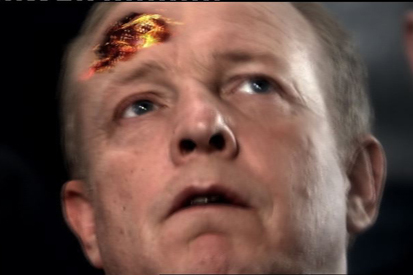
The National Citizen Service will aim to create a more cohesive society, by enabling participants of different backgrounds to come together for volunteer projects in their local communities.
The government plans to run a pilot of the scheme for around 10,000 young people from June to September 2011, using third-party organisations.
In its structural reform plan, the Cabinet Office reveals that it aims to create an NCS "communication and engagement strategy, including plans for marketing, a mechanism for participants to feedback on providers, and ways of facilitating ongoing service and connections though a common web platform for alumni".
The campaign brief has yet to be put through the COI.
Separately, the Cabinet Office’s Efficiency Reform Group has approved a further wave of the Department of Health’s FAST stroke TV campaign to run in March next year. .
In response to a question in the House of Commons, health minister Simon Burns confirmed the continuation of the TV ads.
Burns said: ‘The campaign successfully achieved a rapid change in behaviour. Within a year, an estimated 9,864 more people reached hospital faster, 642 of whom were saved from death or serious disability by receiving thrombolysis.
"The evidence demonstrated that the campaign achieved a payback of £3.16 for every £1 spent."
The government plans to run a pilot of the scheme for around 10,000 young people from June to September 2011, using third-party organisations.
In its structural reform plan, the Cabinet Office reveals that it aims to create an NCS "communication and engagement strategy, including plans for marketing, a mechanism for participants to feedback on providers, and ways of facilitating ongoing service and connections though a common web platform for alumni".
The campaign brief has yet to be put through the COI.
Separately, the Cabinet Office’s Efficiency Reform Group has approved a further wave of the Department of Health’s FAST stroke TV campaign to run in March next year. .
In response to a question in the House of Commons, health minister Simon Burns confirmed the continuation of the TV ads.
Burns said: ‘The campaign successfully achieved a rapid change in behaviour. Within a year, an estimated 9,864 more people reached hospital faster, 642 of whom were saved from death or serious disability by receiving thrombolysis.
"The evidence demonstrated that the campaign achieved a payback of £3.16 for every £1 spent."



.jpg)


.jpg)